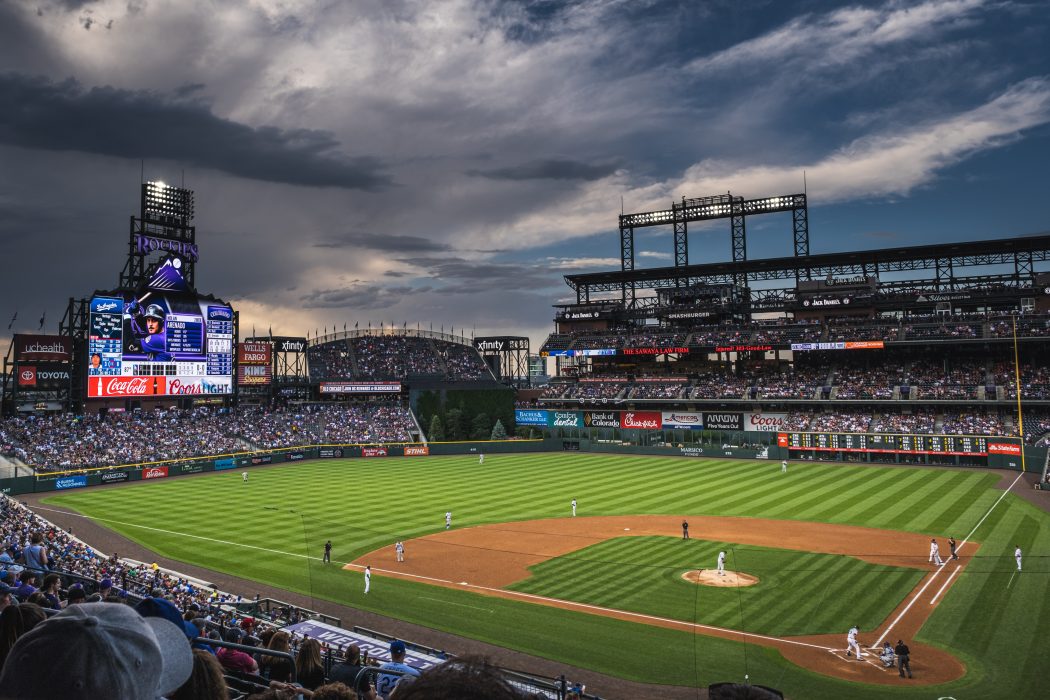Major League Baseball announced last week a series of rule changes that curb fan-maligned tactics like the defensive shift and three-true outcome hitting. The changes mark the end to baseball’s current epoch and the start of an era of more dynamic, rapid, and timed action.
A game of baseball today looks vastly different compared to any other era of the game’s history. Fielders have historically covered where the name of their position would suggest they should – a third baseman would, you know, stand near third base. In the early 2010s teams innovated to place their fielders where the opposing hitter was most likely to hit the ball. A traditional third baseman might be seen patrolling shallow right field against a left-handed power hitter. This was called the shift.
Balls hit into play became outs more frequently when fielders shifted. Hitters thus aimed for the one place where the shift couldn’t hurt them – over the fences. A strategy known as three-true-outcomes hitting exploded as batters began to try to hit a home run or strike out trying, with the middle ground being a walk.
Strategic remodeling is often fascinating for spectators; in this case it was not. Home runs, walks, and strikeouts are intriguing but involve just two players, batter and pitcher, facing off with minimal variation or excitement. Recent years have seen much more trotting than sprinting as fans see less the athleticism of baserunning or the creativity of fielding.
In 2023, MLB will require two fielders on either side of second base and four fielders to be in the infield at all times, diminishing the power of the shift. Balls in play will more often become base hits and batters will be incentivized to hit for contact. There will be more baserunners and thus opportunities for compelling and intense plays like infield singles or triples. More balls in play also means more opportunities for fielders to make electric plays with their glove or arm.
The shift restrictions are paired with the implementation of a pitch clock to expedite the pace of play. 2023 will feature a 30-second timer between batters, a 15-second timer between pitches with the bases empty, and a 20-second timer with runners on base. Furthermore, bases will be bigger and pitchers will be alloted just two pick-off attempts. These changes encourage stolen bases, an exciting element of the game that has recently fallen into disuse.
Periodization in historiography is an often difficult task – how do we decide when the “steroid era” ended or the “industrial revolution” began? Here, MLB is making the task of its historians perfectly simple – 2023 will conclude the era of the shift and commence the era of the timer.
We will remember baseball games from around 2015 to the end of 2022 as distinct from any other point in MLB history. These years of bizarre defensive alignments will be seen as the generation which disrupted the aesthetic symmetry of baseball’s traditional positions. Baseball is currently the only major North American sport with no clock. The first timed game of 2023 will mark baseball officially ridding itself of a truly unique aspect of their sport to achieve the speed of modernity.
This is the biggest alteration to the rhythm and style of baseball since the introduction of the Designated Hitter in 1973. These changes hope to rejuvenate baseball into a faster and more dynamic game. Whether or not that happens will be a future question. Right now, we can say with certainty that Opening Day 2023 will mark the end of an era and the start of a new one for Major League Baseball.


